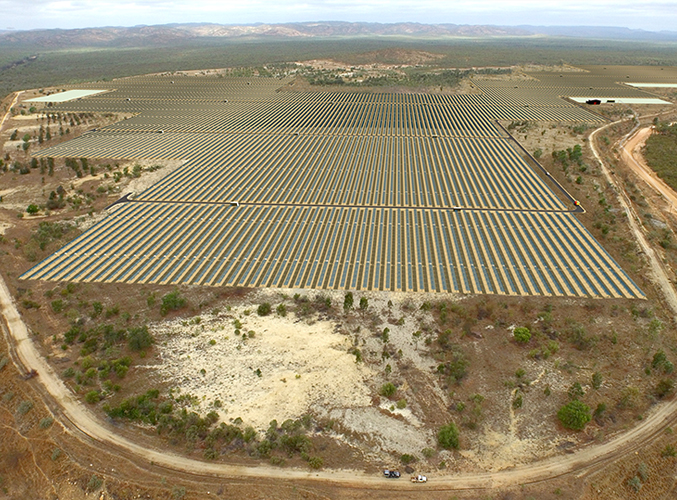As the power generation mix shifts further towards renewables, the Australian Energy Market Commission (AEMC) has proposed new rules to better manage frequency and strengthen the power system, recognizing the important role of battery storage.
The Commission’s latest power system security report highlights the ways of addressing the risks of the power system’s changing generation technologies, as more non-synchronous, lower emission generators like wind and solar come in, whereas synchronous generators like coal retire.
“We are focused on the power system’s evolution. Our reform package is looking at ways to stabilize the system as the generation mix changes, and new technology generators connect,” said AEMC Chairman John Pierce.
The need for a new approach to securing the power system is proven by statistics, showing the rapid pace at which renewables are penetrating the country’s energy system, such as in South Australia where its 2025 target of 50% has already been exceeded in 2016-17, eight years early, as solar and wind accounted for 57% of its power supply.
The AEMC’s power system security review builds on the already-expanded risk management role of the Australian Energy Market Operator (AEMO), which is responsible for detecting potential security issues and taking preventive action, as well as involved in the recently launched demand response initiative.
Reacting to the report, AEMO CEO Audrey Zibelman said: “AEMO welcomes the publication of this system security review report and draft rules by the AEMC. We acknowledge the progress made on these important matters to date and look forward to continuing the collaborative work to ensure the services required for the secure operation of the power system remain available in the future”.
According to the new plan, networks would need to provide a minimum level of system strength for each connected generator, as well as minimum levels of inertia, in cases when inertia shortfalls are detected by AEMO, so as to ensure the system’s ability to resist changes in frequency. Moreover, it suggests introducing fast frequency response services, such as batteries, and using the battery storage to back up the system when something goes wrong.
“The AEMC started this review as it became evident that different arrangements were needed by AEMO and transmission companies to secure the system stabilize the network as the changing generation mix accelerated,” Pierce said, adding that the National Energy Market today is a far more complex interconnected system of renewable and nonrenewable energy generation.
The AEMC’s review comes on the heels of the long-awaited report on energy transition by Dr Alan Finkel, which sent the same message of the need for a greater system security and reliability amid unstoppable energy transition.
With the goal of avoiding dramatic voltage swings and major blackouts, such as the one last summer that hit almost the entire state of South Australia as a result of a cascading failure of the electricity transmission network caused by storm, both reports called for regionally determined minimum system inertia levels and tougher rules on all generators, and highlighted the considerable potential of battery storage in providing the grid’s reliability and security.
This content is protected by copyright and may not be reused. If you want to cooperate with us and would like to reuse some of our content, please contact: editors@pv-magazine.com.








By submitting this form you agree to pv magazine using your data for the purposes of publishing your comment.
Your personal data will only be disclosed or otherwise transmitted to third parties for the purposes of spam filtering or if this is necessary for technical maintenance of the website. Any other transfer to third parties will not take place unless this is justified on the basis of applicable data protection regulations or if pv magazine is legally obliged to do so.
You may revoke this consent at any time with effect for the future, in which case your personal data will be deleted immediately. Otherwise, your data will be deleted if pv magazine has processed your request or the purpose of data storage is fulfilled.
Further information on data privacy can be found in our Data Protection Policy.